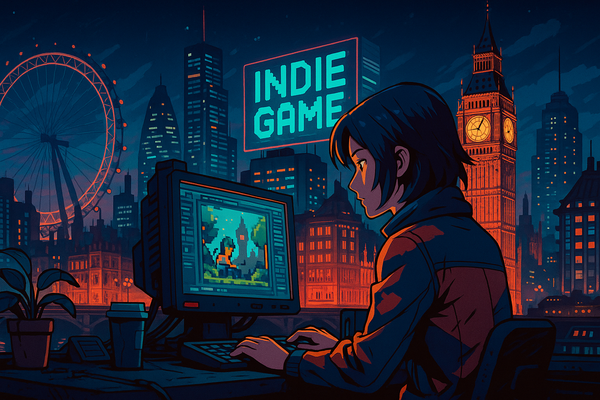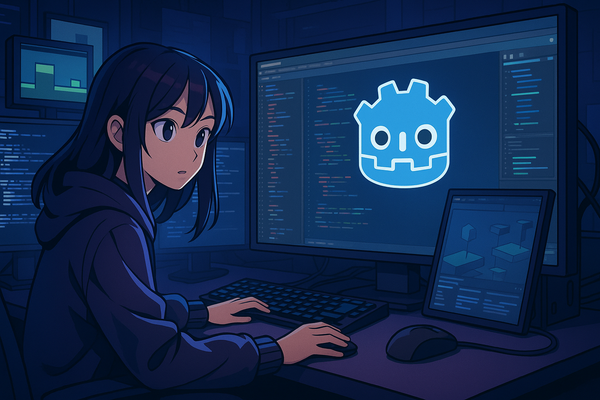The role of neural networks in enhancing game graphics for indie titles
The gaming industry is undergoing a revolution, driven in part by advancements in neural networks that are reshaping the way graphics are rendered and processed. While AAA games have been early adopters, indie developers are now also leveraging these technologies to bring high-quality visuals to smaller, budget-conscious projects. This article explores how neural networks are enhancing game graphics, and why they represent a game-changer for indie developers.
1. Neural networks and Real-Time image enhancement
Neural networks, particularly those powered by deep learning, can significantly improve game graphics by enhancing resolution and image quality in real time. One of the most notable applications is NVIDIA’s Deep Learning Super Sampling (DLSS), which uses AI to upscale lower-resolution images, allowing games to run smoothly at higher resolutions without sacrificing visual fidelity. This technology has been integrated into several popular titles, from Cyberpunk 2077 to Redfall, and it’s available for developers via plugins like NVIDIA Streamline (ar5iv, NVIDIA Blog).
For indie developers, technologies like DLSS can be a game-changer, enabling them to deliver high-quality visuals even on limited budgets. By reducing the computational load, these neural network-based solutions free up resources, making it easier for smaller teams to create graphically impressive games without needing top-tier hardware (TechTalks).
Related reading: To learn more about tech innovation in indie games, see "How Tech Innovation is Shaping the Next Era of Indie Game Development".
2. Style transfer and artistic enhancement
Beyond improving resolution, neural networks can also be used for style transfer, which allows developers to change the visual aesthetic of a game. By applying different styles to game textures, developers can create unique and visually striking worlds without manually redrawing assets. For instance, a neural network can take a simple 3D model and apply an impressionistic style, turning a standard game environment into a painterly experience reminiscent of Van Gogh or Escher.
Tools like GANs (Generative Adversarial Networks) are also used to enhance or alter existing visuals, giving developers more creative freedom. Indie games can benefit by creating distinctive art styles that help them stand out, even if they lack the resources of larger studios. This technology has been integrated into platforms like Unity, where developers can easily experiment with various visual styles through accessible plugins.
3. Super-Resolution and image upscaling
Another practical application of neural networks in game graphics is super-resolution, where AI models enhance the resolution of images, making them sharper and more detailed. Games like Minecraft have explored this through mods that use neural networks to transform blocky textures into more realistic visuals. Super-resolution AI processes can also convert low-resolution sprites into crisp, detailed versions, which is particularly beneficial for indie developers working on retro-inspired games.
AI upscaling also helps streamline development by allowing artists to work with lower-resolution assets, which are later enhanced by neural networks, saving time and reducing production costs. This technology supports better visual performance without the need for extensive hardware, which is a significant advantage for indie games aiming to release on multiple platforms.
Related Reading: Check out "The Future of Procedural Generation: Using AI to Create Infinite Game Worlds".
4. Realistic lighting and ray tracing
One of the most significant visual enhancements made possible by neural networks is in the area of lighting. Ray tracing has become the gold standard for realistic lighting, simulating the way light interacts with objects in a scene. Neural networks can accelerate this process, making real-time ray tracing feasible even on lower-end systems. NVIDIA’s RTX technology integrates neural networks to enhance ray tracing through techniques like denoising, ensuring smooth and realistic lighting effects across various gaming setups.
This innovation enables indie developers to implement visually stunning effects that were previously exclusive to big-budget titles. Whether it’s realistic shadows, reflections, or global illumination, neural network-based ray tracing can elevate the visual appeal of indie games, making them more immersive without drastically increasing system requirements.
5. Challenges and Future Prospects
Despite their benefits, neural networks also pose challenges. Processing graphical enhancements in real time can be resource-intensive, leading to potential performance bottlenecks, especially for games on older hardware. Developers need to balance the desire for high-quality visuals with the need for smooth gameplay.
The future of neural networks in game graphics is promising, with ongoing advancements likely to address current limitations. Technologies such as real-time neural rendering, advanced upscaling, and improved neural denoising will continue to make high-quality graphics accessible to all developers, including indie teams. As these tools become more efficient, we can expect even more impressive visuals in indie games without the need for extensive budgets or hardware.
Neural networks are redefining what’s possible in game graphics, offering indie developers the chance to create stunning visuals without massive investments. From real-time upscaling to dynamic lighting and artistic style transfer, these AI-driven technologies are bridging the gap between indie and AAA games. As the industry continues to innovate, indie developers have more tools than ever to bring their creative visions to life, making the next era of gaming more vibrant and diverse.



